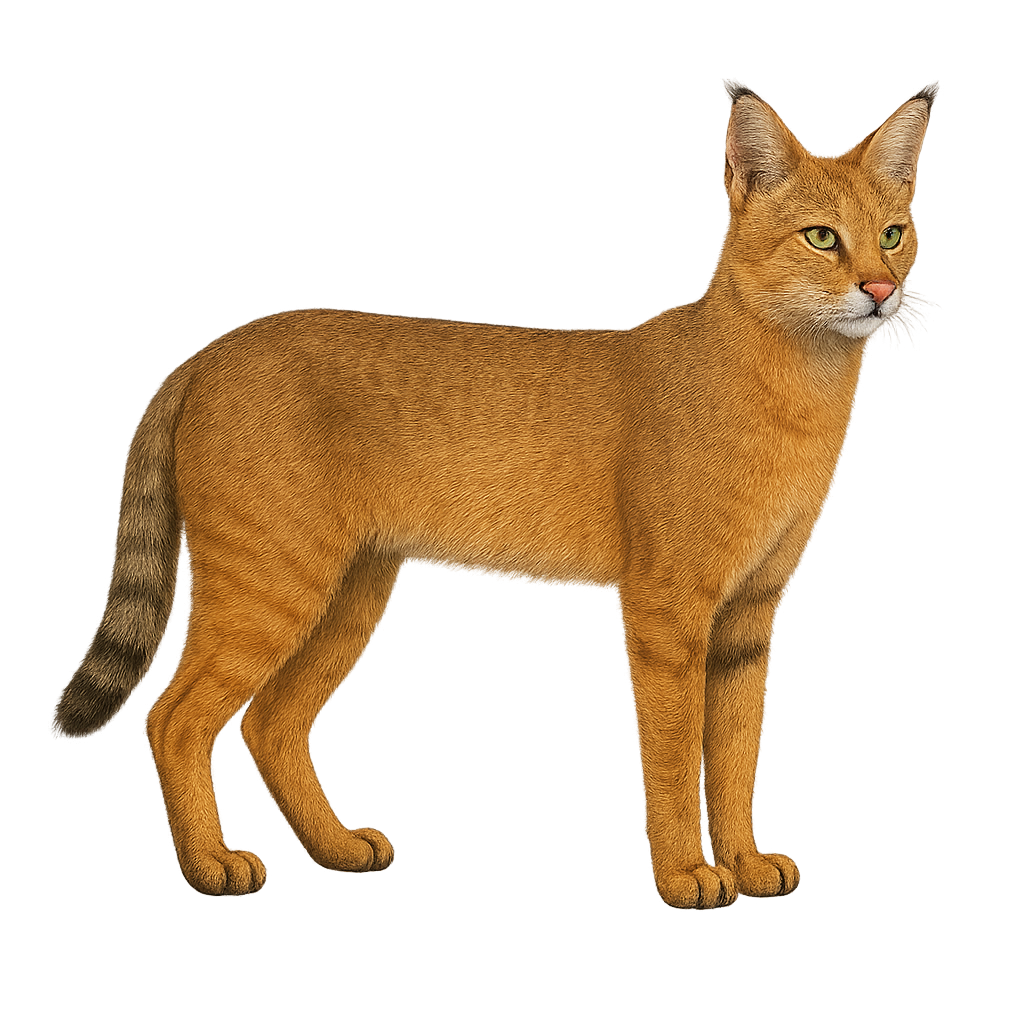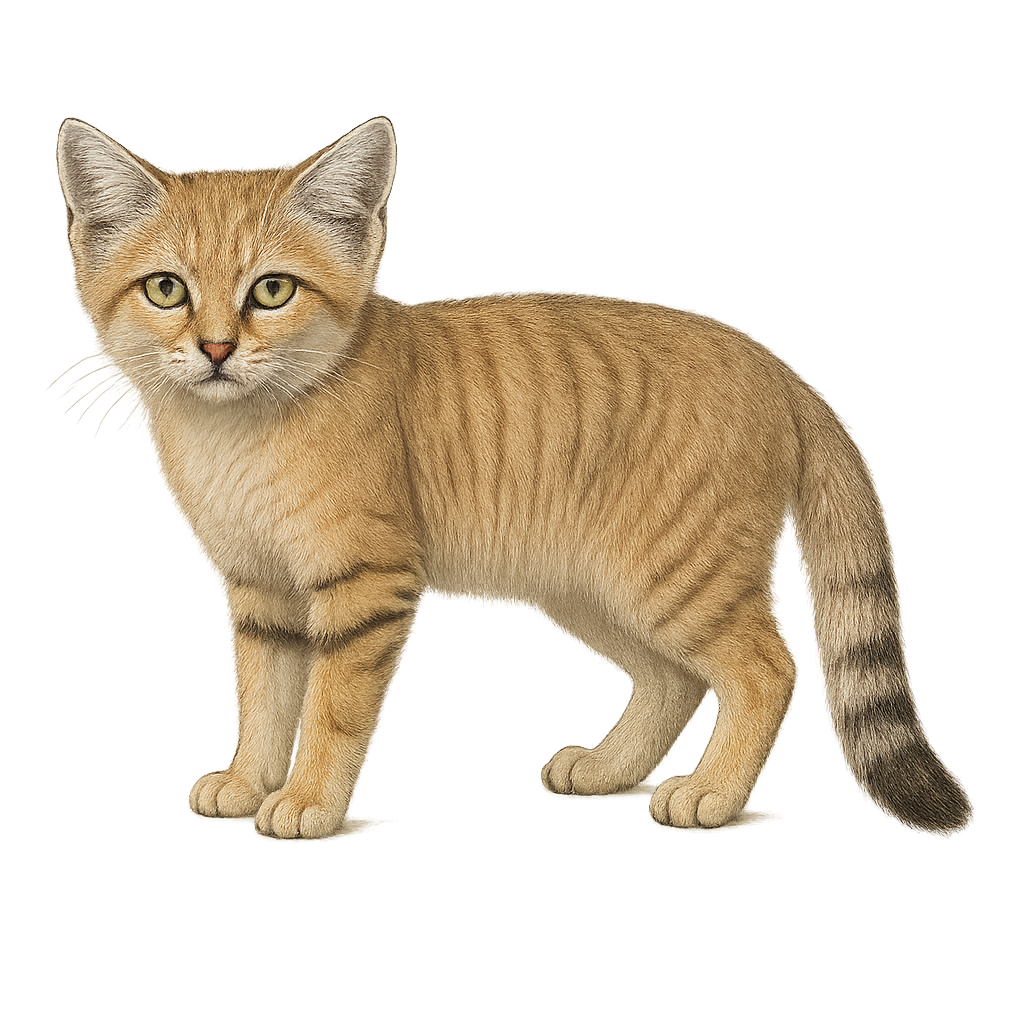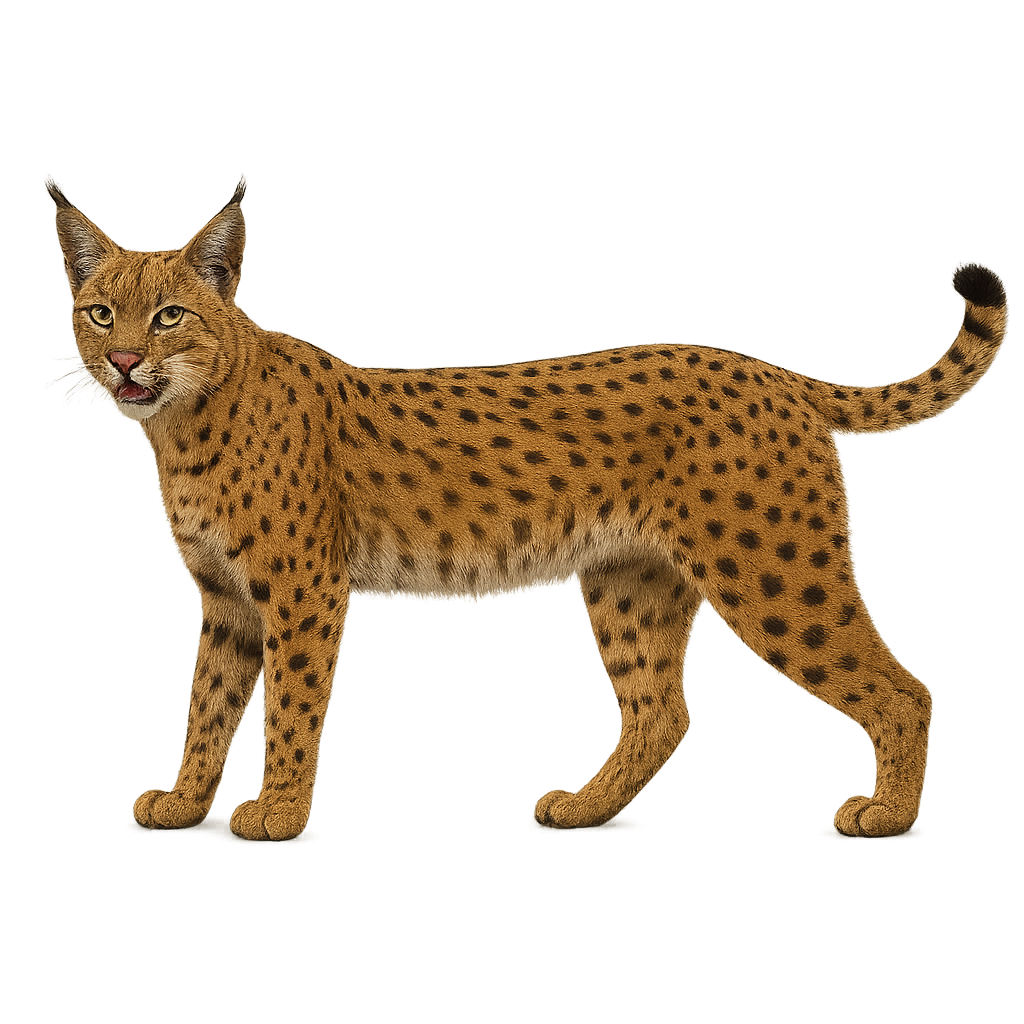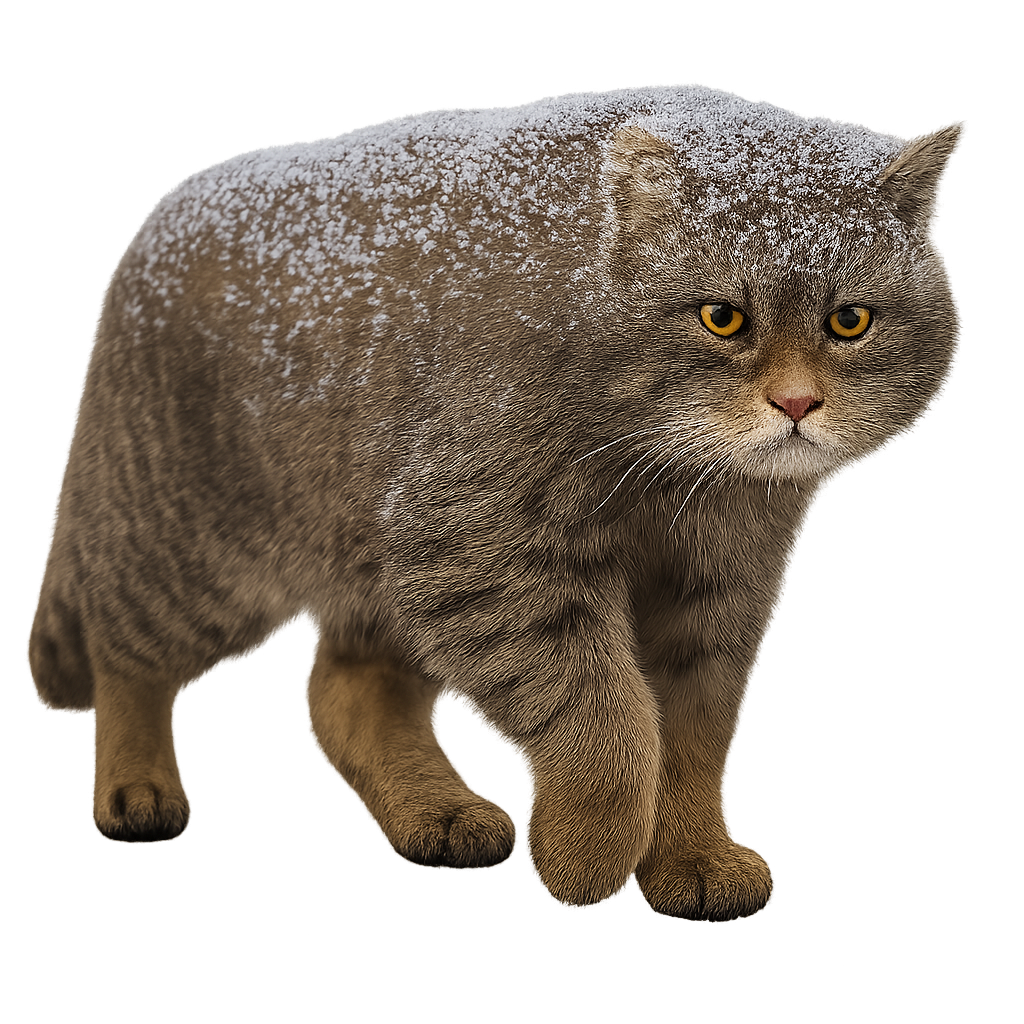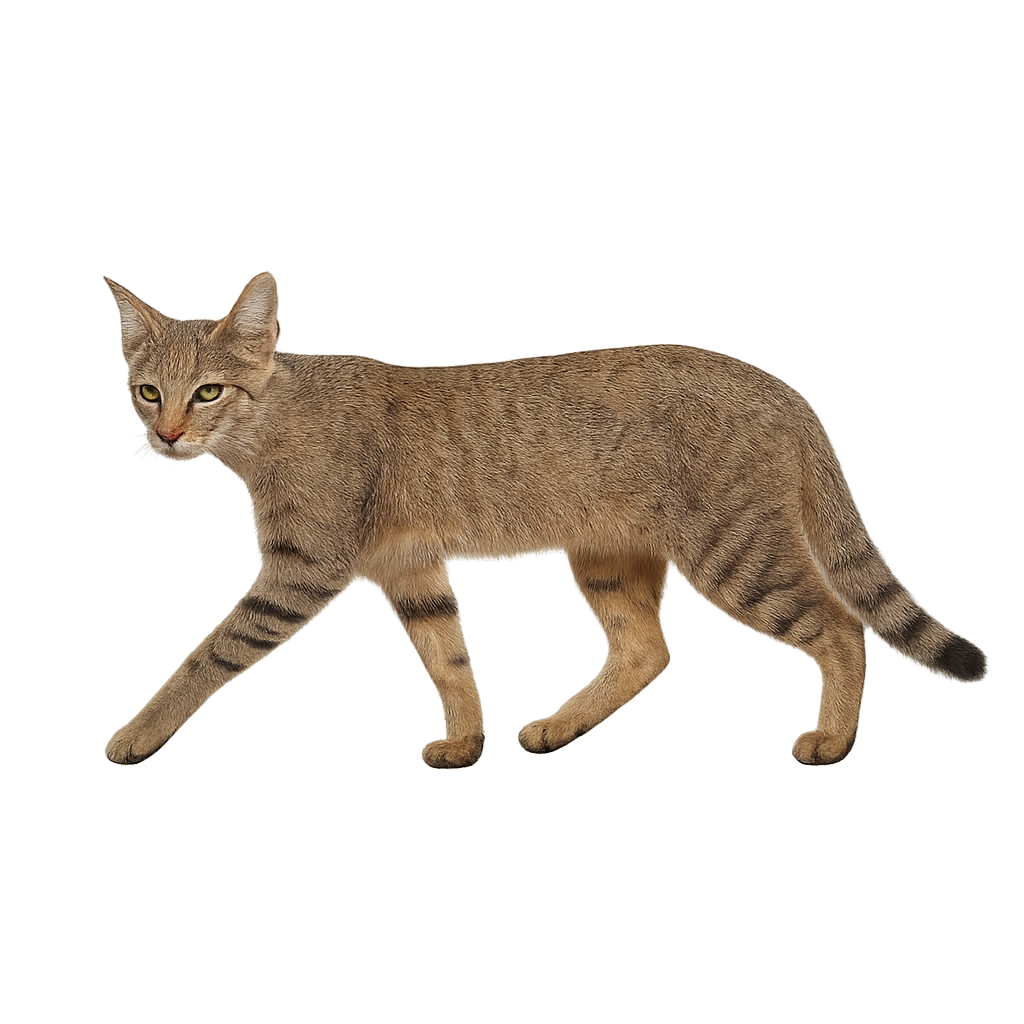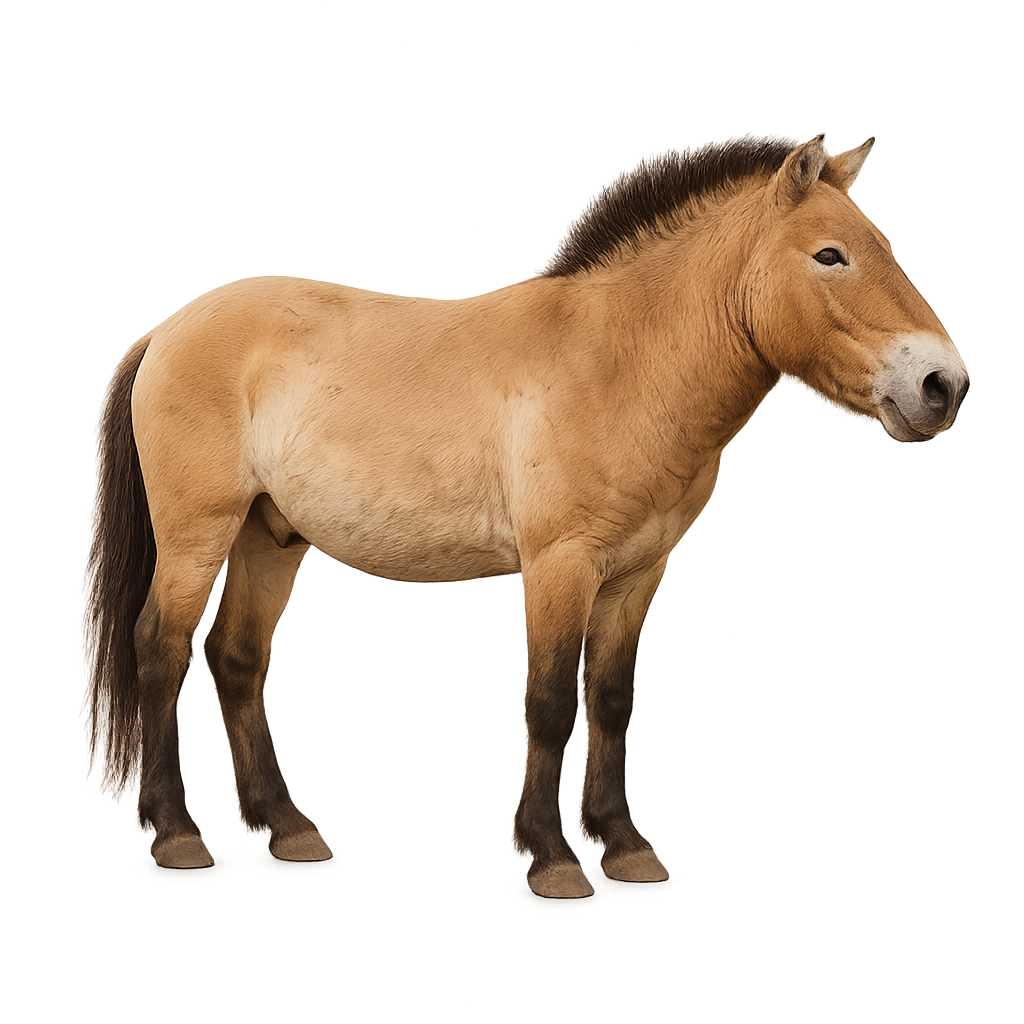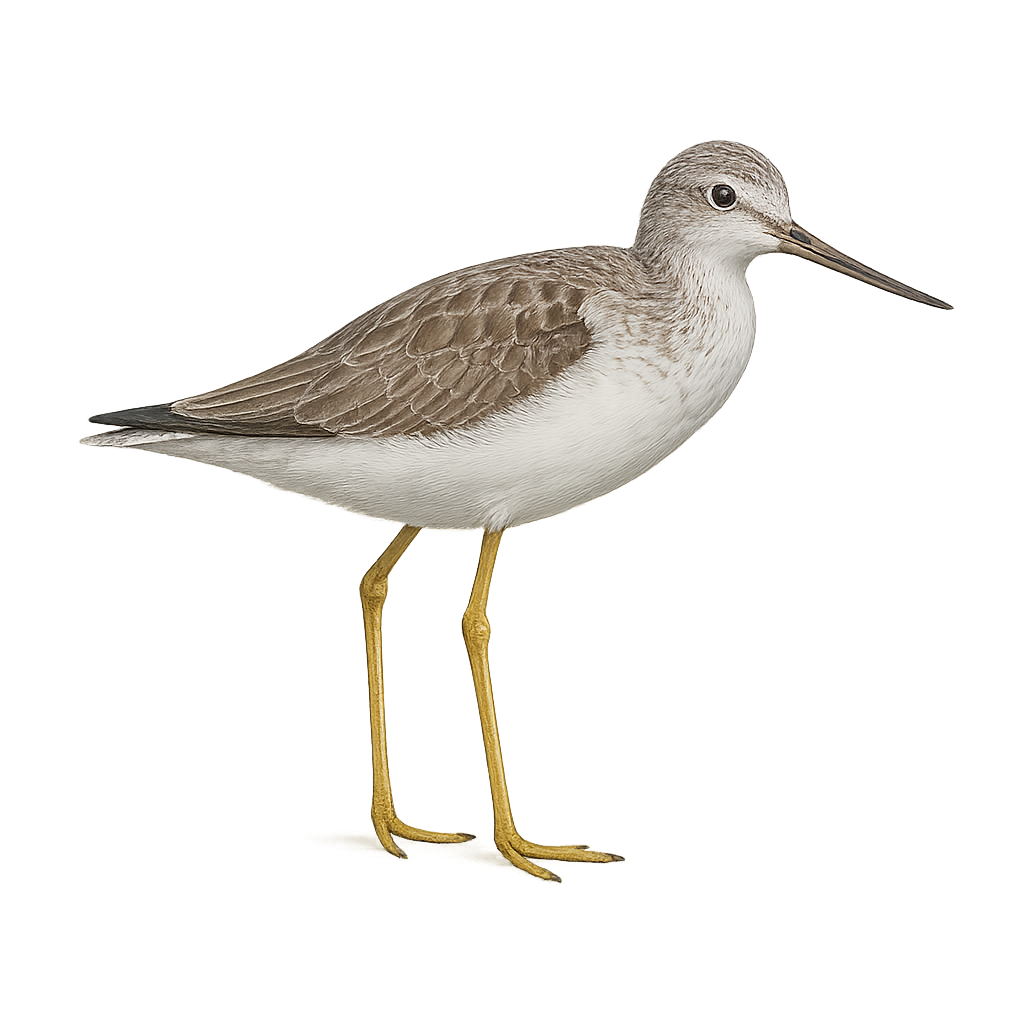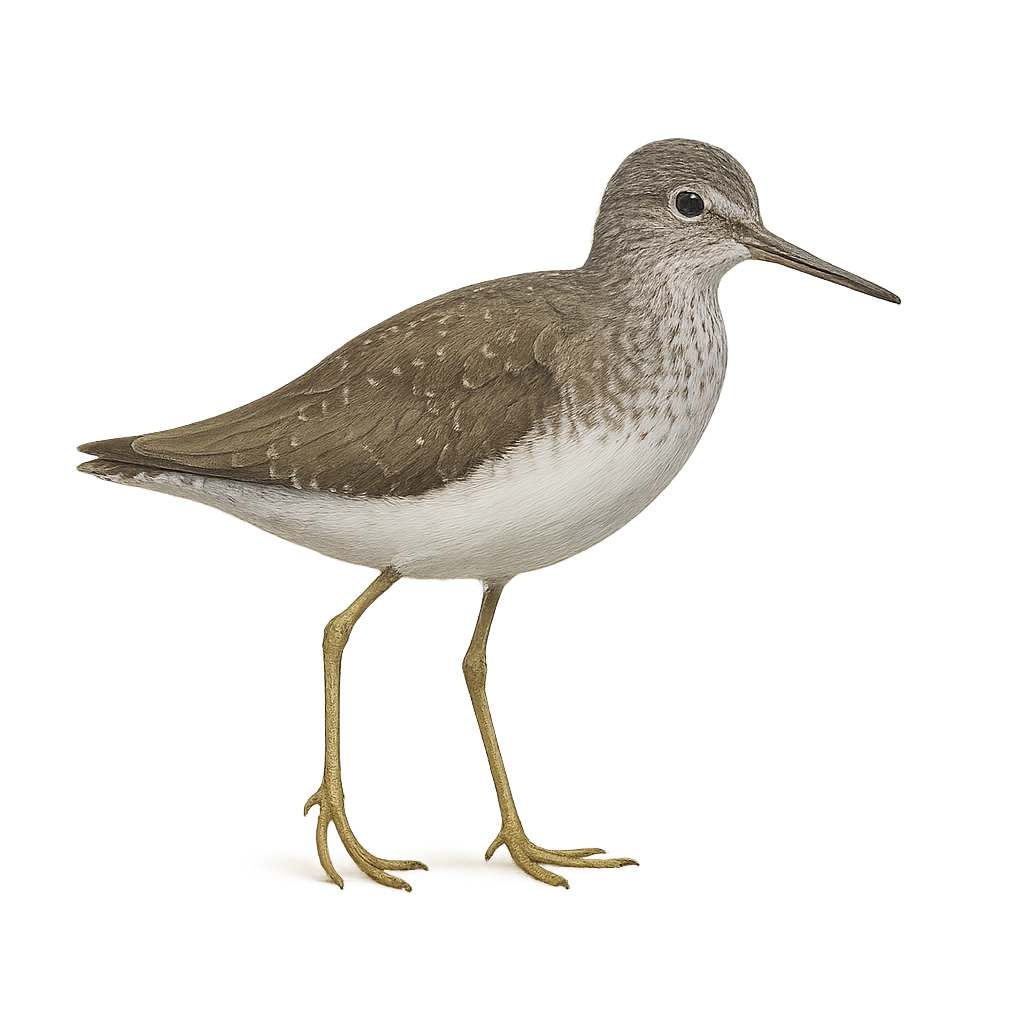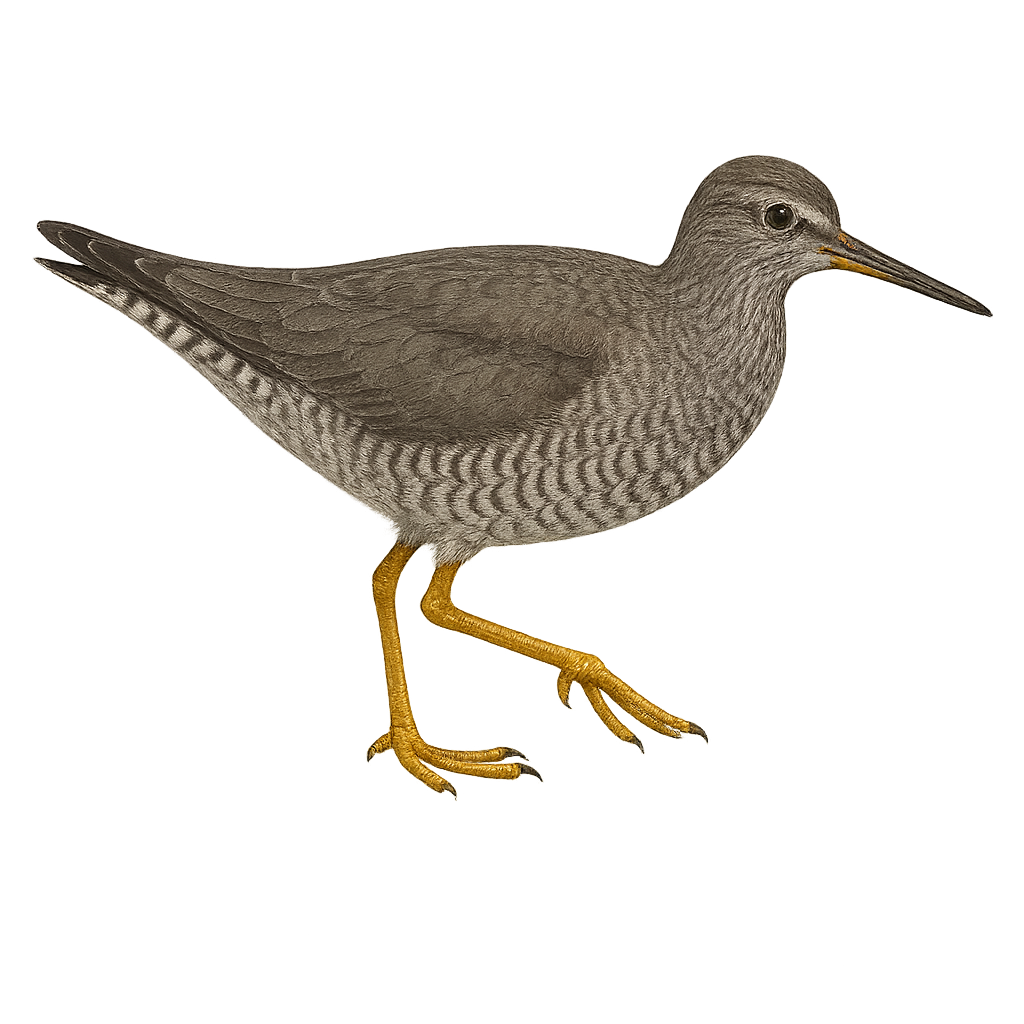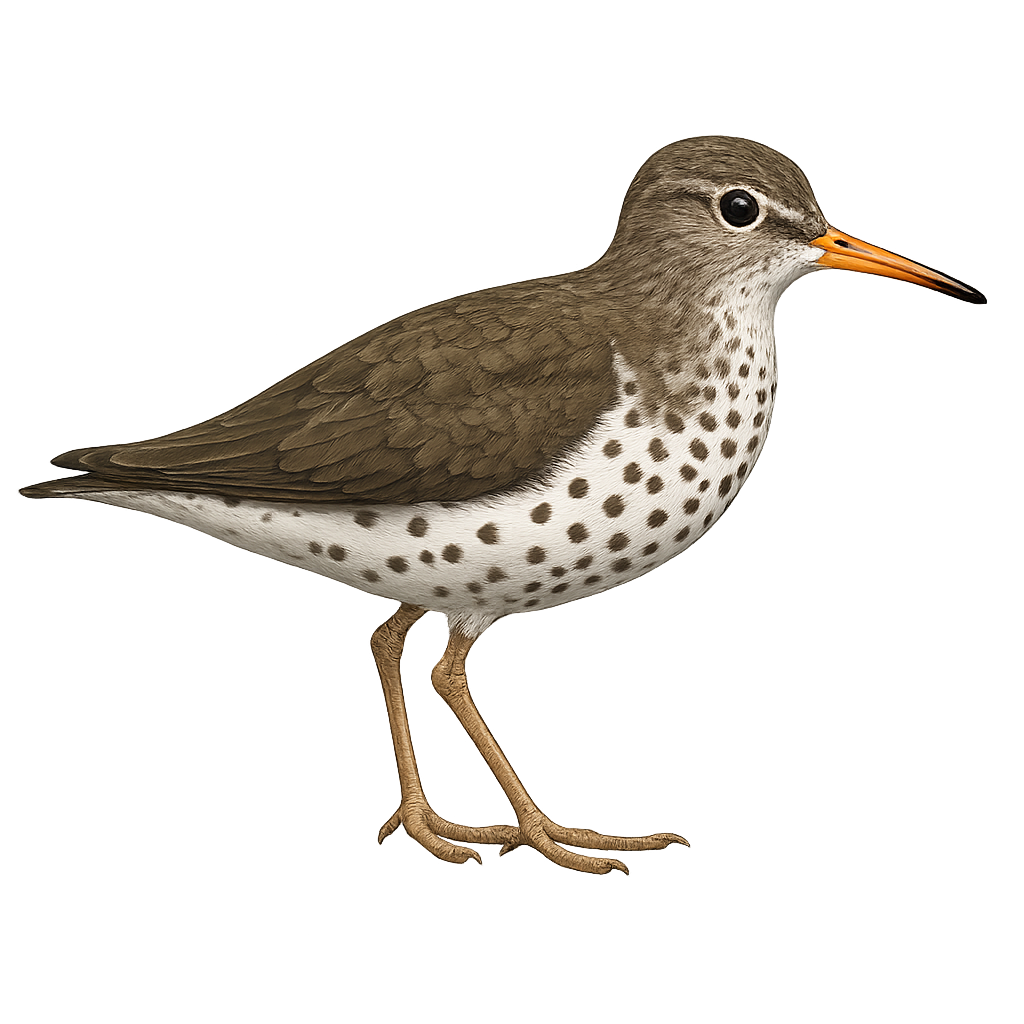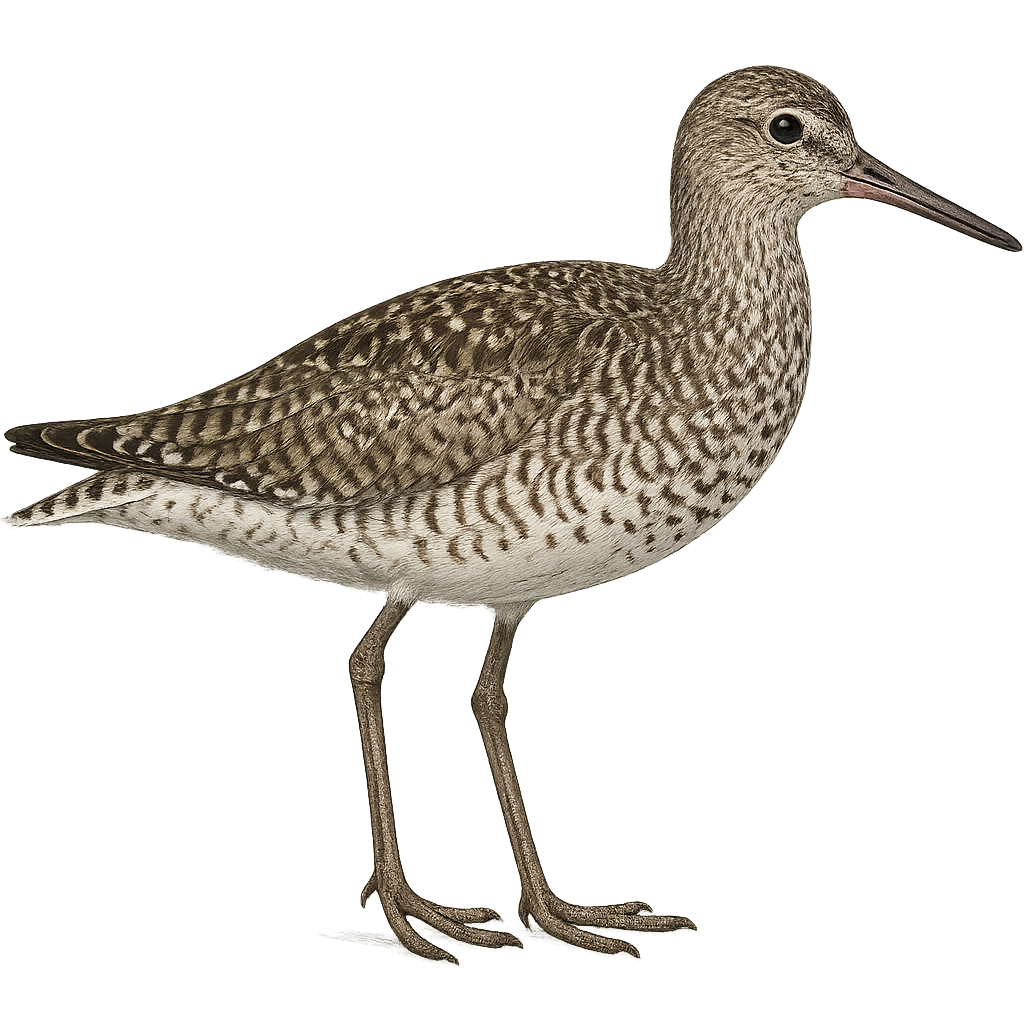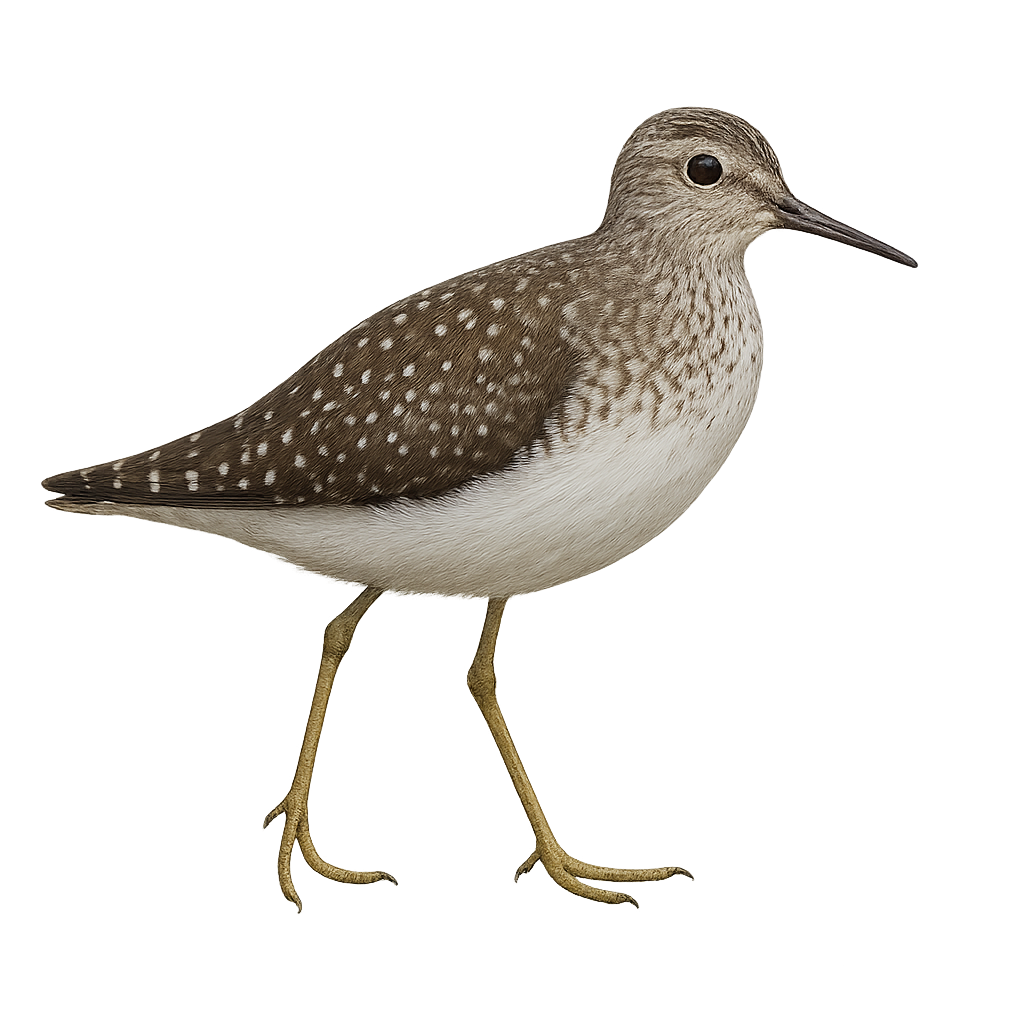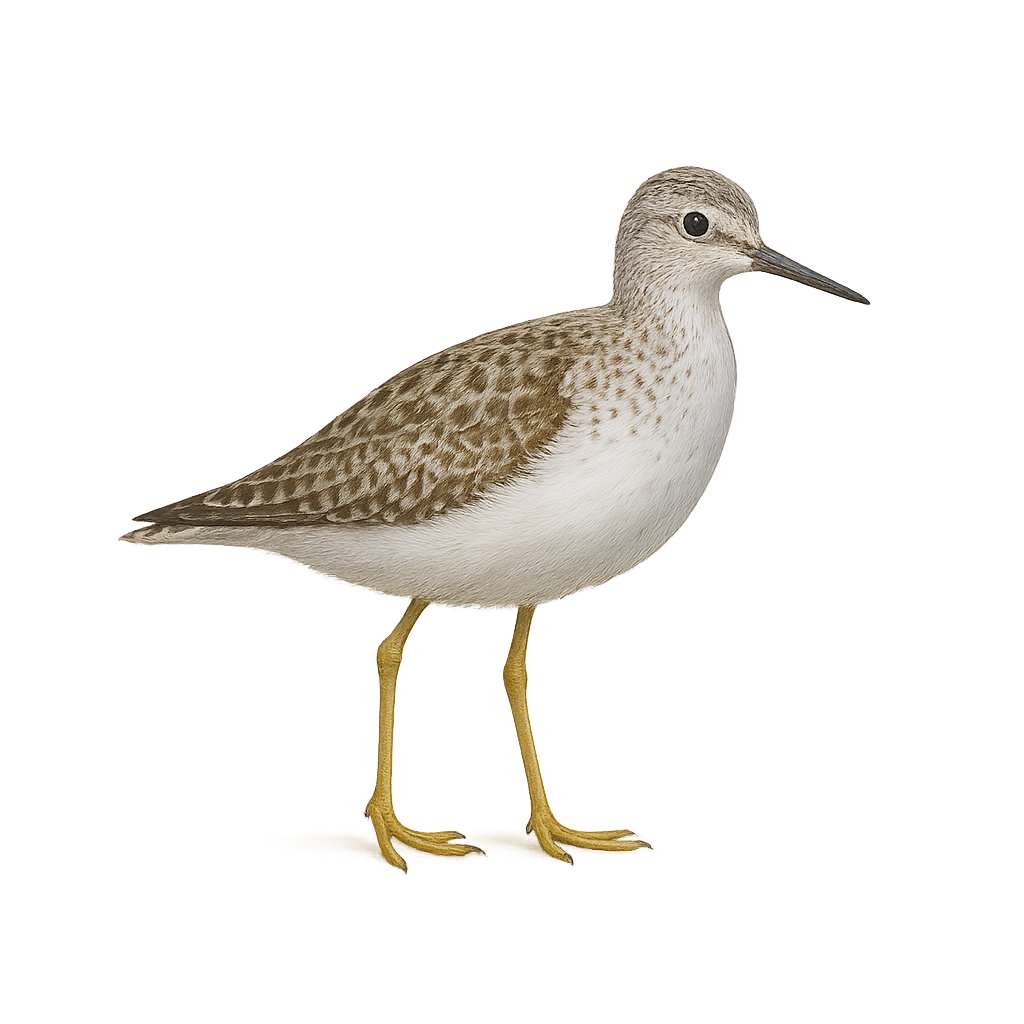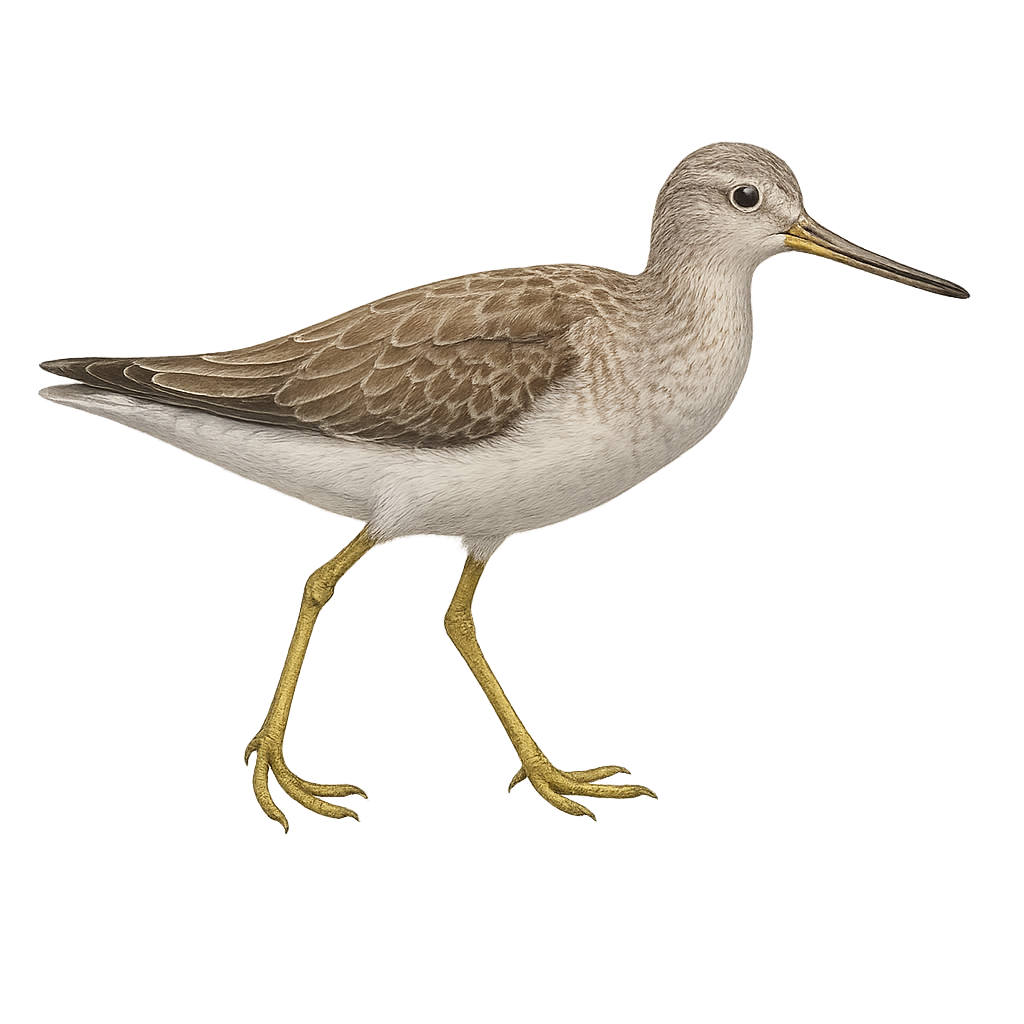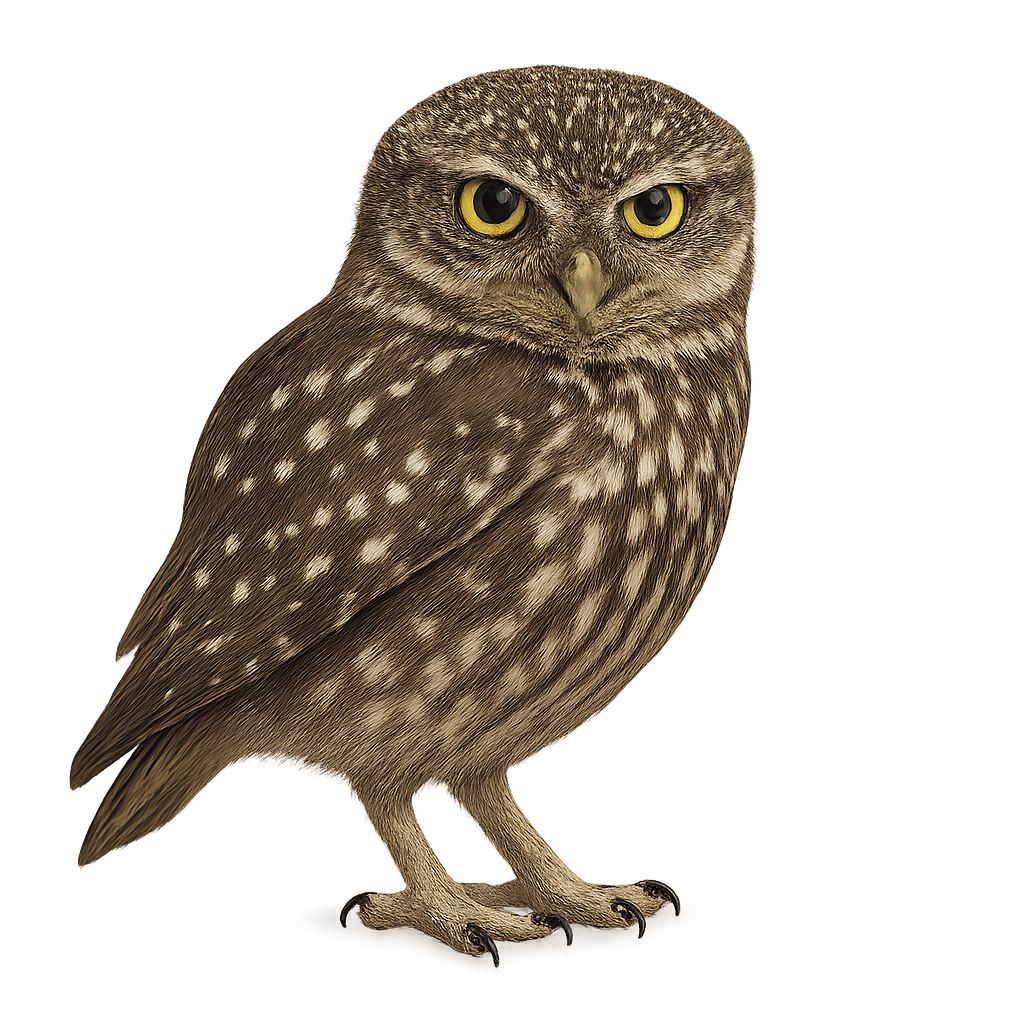The Pallas's Cat, or Otocolobus manul, is a small wild cat primarily found in the steppes and mountains of Central Asia. It measures about 50 cm in length, with a tail of about 20 to 30 cm, and weighs between 2 and 5 kg. It has a thick, dense coat that is light gray to beige, with dark stripes on the back and lighter spots on the belly, allowing it to blend perfectly into its environment. The cat is also known for its large, rounded ears and piercing eyes. The Pallas's Cat is a solitary, primarily nocturnal hunter that feeds on small mammals, birds, and insects. While it is an excellent predator, it is often difficult to spot due to its elusive nature and lifestyle in harsh terrain. The species is threatened by habitat loss, hunting, and competition with humans for natural resources. Conservation efforts are underway to protect the Pallas's Cat and its habitats.
The Felis chaus, or jungle cat, is a medium-sized feline primarily found in South and Southeast Asia. It is characterized by its reddish-brown fur, sometimes spotted, and ears adorned with small black tufts. This solitary predator is an excellent swimmer and climber, adapting to various habitats such as marshes, forests, and grasslands. Its diet mainly consists of small mammals, birds, and reptiles. Although generally wary of humans, it may approach inhabited areas in search of food. Its population is stable, but it is threatened by habitat loss and hunting.
The Felis margarita, commonly known as the sand cat, is a fascinating feline that inhabits the desert regions of North Africa and the Middle East. This small cat is perfectly adapted to its arid environment, with wide, furry paws that allow it to walk on hot sand with ease. Its sand-colored coat provides excellent camouflage in its natural habitat. The sand cat is a nocturnal hunter, feeding mainly on small rodents, birds, and insects. It is known for its ability to survive with very little water, obtaining necessary moisture from its prey. Although discreet and difficult to observe, it plays a crucial role in the desert ecosystem by regulating small animal populations.
The African Golden Cat is a rare and mysterious small feline, characterized by its silky golden coat and pointed ears adorned with tufts of black hair. This medium-sized cat primarily inhabits the forests and savannas of West Africa, where it preys mainly on birds, small mammals, and reptiles. Its golden coat, which gives it its name, is perfect for camouflaging in tall grasses and foliage.
The African Golden Cat is a discreet and solitary hunter, primarily active at dawn and dusk. Although it is rare and difficult to observe due to its nocturnal habits, it plays an important role in regulating prey populations. The species is threatened by habitat loss and poaching, although conservation efforts are in place to protect this elusive feline.
The European Wildcat is a small, nocturnal, and discreet feline, often considered the ancestor of the domestic cat. It has a thick coat, typically gray-brown with dark stripes, which allows it to blend into its forested environment. Its size and behavior make it an agile and efficient hunter, primarily active at dusk. The European Wildcat has pointed ears and a slender body, with relatively long legs that allow it to move easily in varied environments, such as deciduous forests and mountainous regions.
This solitary cat feeds mainly on small mammals, birds, and insects, hunting them stealthily. While its population remains stable in some regions, it faces threats, including habitat loss, hybridization with domestic cats, and poaching. Conservation efforts are in place to protect this species, which is considered an important part of the forest ecosystem.
The Scottish Wildcat is a rare and endemic subspecies of the European Wildcat, primarily found in the mountains and forests of Scotland. It is recognizable by its dense, thick coat, which ranges from gray-brown to brown with characteristic dark markings on the head, legs, and tail. Smaller and stockier than the domestic cat, the Scottish Wildcat has slightly rounded ears and a sharp gaze, allowing it to blend perfectly into its wooded and hilly environment.
This cat is a discreet and solitary hunter, primarily active at night, feeding on small mammals, birds, and occasionally insects. It is also an excellent climber and can often be seen in trees or rocky areas. The Scottish Wildcat is considered an endangered species due to habitat loss, hybridization with domestic cats, and poaching. Conservation programs are in place to protect this unique subspecies and preserve its habitats.
The Prionailurus bengalensis, or leopard cat, is a small wild feline widely distributed in Asia. It has a spotted coat reminiscent of a leopard, hence its name. This feline is particularly agile and adapts to various environments, from tropical forests to agricultural areas. It is primarily nocturnal and solitary, although it may sometimes be seen in pairs during the breeding season. Its size ranges from 38 to 66 cm, with a tail of 17 to 31 cm. The leopard cat is an opportunistic predator, feeding on small mammals, birds, and insects. Although still relatively common, deforestation and hunting pose increasing threats to its survival.
The fishing cat, or Prionailurus viverrinus, is a medium-sized feline primarily found in South and Southeast Asia. It is well adapted to aquatic life, with partially webbed feet that allow it to swim efficiently. Its coat is grayish with dark spots, providing excellent camouflage in marshy habitats. The fishing cat is an opportunistic predator, feeding mainly on fish, but also on small mammals, birds, and insects. Unfortunately, it is threatened by habitat loss due to human expansion and wetland pollution. Its population is declining, making it a vulnerable species according to the IUCN.
The rusty-spotted cat, Prionailurus rubiginosus, is one of the smallest wild cats in the world, measuring about 35 to 48 cm in length, with a tail of 15 to 30 cm. Its coat is gray-brown with distinctive rusty spots, hence its name. This feline primarily inhabits dry forests and grasslands in India and Sri Lanka. It is nocturnal and solitary, feeding on small mammals, birds, and insects. Although discreet, it is an agile and fast hunter. Its ability to climb trees and sneak through dense bushes allows it to escape predators. Deforestation and habitat loss are the main threats to its survival.
The African Wildcat is a small, discreet, and nocturnal feline, primarily found in desert regions, savannas, and open forests of North and Sub-Saharan Africa. It is often compared to the domestic cat but has a more uniform coat, typically sandy or gray-brown, with light markings on the head and paws. Its eyes are large, adapted for nocturnal vision, and its ears are pointed, enhancing its wild appearance.
This cat is a solitary hunter, feeding mainly on small mammals, birds, and insects. Although shyer than its domestic cousin, it plays an essential role in regulating prey populations in its habitat. It is also known as the ancestor of the domestic cat, which was domesticated from this species around 10,000 years ago. While the African Wildcat is still relatively widespread, it is threatened by habitat loss and human conflict.
The Cape Rockjumper, or Chaetops frenatus, is a bird endemic to the mountainous regions of southern Africa, primarily in South Africa. It is recognizable by its distinctive rufous tail and brown-grey plumage. This bird prefers rocky and mountainous habitats where it can move nimbly in search of food. It primarily feeds on insects and small invertebrates, which it captures by foraging on the ground or catching in flight. The Cape Rockjumper is a social bird, often observed in small family groups. Its ability to adapt to harsh environments makes it a fascinating example of South African biodiversity.
Przewalski's horse is a rare and hardy species of wild horse native to the steppes of Central Asia. It is the last true wild horse species still in existence, descended from ancestors that survived the Ice Age. This horse is characterized by its small size, tawny coat, and erect mane. Although it disappeared from the wild, it has been successfully reintroduced to its native habitats. Threatened by habitat loss and hunting, it is currently considered a vulnerable species.
The Lesser Yellowlegs, Tringa flavipes, is a medium-sized shorebird known for its long yellow legs and mottled grey-brown plumage. It primarily inhabits wetlands, marshes, and muddy shores, feeding on small invertebrates and crustaceans. A migratory bird, it breeds in the boreal regions of North America and migrates south to winter in Central and South America. Its call is a clear, melodious whistle, often heard during the breeding season. Although generally solitary, it can be seen in small groups during migration. Its population is stable, but it remains vulnerable to habitat loss.
The Greenshank is a large species of wader, distinguished by its long bill and slender legs. It has a gray-brown plumage marked with lighter spots and a slightly speckled head, which helps it blend into the muddy and marshy environments of wetlands and shorelines. This wader is especially known for its characteristic calls, a loud barking cry, which is how it gets its name. It primarily inhabits wetlands, estuaries, and shorelines where it feeds on small invertebrates, worms, and crustaceans found by probing in the mud.
The Greenshank is a migratory bird that travels long distances between its breeding grounds in Europe and its wintering sites in Africa and Asia. Although its population remains relatively stable, it faces threats from the loss of wetland habitats and pollution. The species is protected in some areas where it is found.
The Redshank is a medium-sized wader with distinctive plumage that changes with the seasons. During the breeding season, the male displays vibrant colors, with a black head and reddish chest, while the female has more subdued tones. Outside the breeding season, both sexes adopt a more muted plumage, often gray-brown with shades of white and black. The Redshank is primarily found in wetlands, estuaries, and lakeshores, where it feeds on small invertebrates, aquatic insects, and occasionally worms and crustaceans.
This migratory bird is known for its long-distance migration, between its breeding grounds in northern Eurasia and its wintering areas in southern Asia and North Africa. While its population remains generally stable, the Redshank is vulnerable to threats such as habitat destruction, pollution, and hunting. The species is protected in some areas where it is found.
The Green Sandpiper is a medium-sized wader, easily recognizable by its green-brown plumage with mottled patterns and its white tail, which gives it its name. During the breeding season, males display more colorful plumage, with iridescent green tones and white markings on the wings and tail. Outside of the breeding season, both sexes adopt a more uniform plumage, often olive-brown with shades of white and gray.
The Green Sandpiper is primarily found in wetlands, marshes, estuaries, and lake shores, where it feeds on small aquatic invertebrates, insects, and crustaceans that it uncovers while probing in the mud. While this species is migratory, it does not travel as long distances as some other waders, primarily moving between Central Europe and its wintering sites in North Africa. The Green Sandpiper remains generally stable, but it faces threats from the loss of its wetland habitats and pollution.
The Grey-tailed Tattler, or Tringa brevipes, is a medium-sized wader, measuring about 25 cm in length. It is easily recognizable by its grey plumage on the back and wings, contrasting with a lighter belly. Its bill is straight and relatively long, adapted for foraging in mudflats and shores. During the breeding season, it displays dark streaks on its chest. This migratory bird mainly frequents the coasts and estuaries of Asia and Australia. It feeds primarily on small invertebrates, which it captures by probing the wet ground. Although its conservation status is currently considered of least concern, habitat degradation could pose a long-term threat.
The Wandering Tattler, Tringa incana, is a medium-sized shorebird, measuring about 25 to 27 cm in length with a wingspan of 50 to 60 cm. Its plumage is primarily gray with lighter shades on the belly and dark barring on the chest. The legs are yellow, and the bill is straight and relatively long, adapted for foraging in coastal areas. This bird is often seen moving quickly along rocky shores, searching for small invertebrates and crustaceans. A migratory species, it breeds in Arctic regions and migrates to Pacific coasts during the winter.
The Common Redshank is a medium-sized wader, easily recognizable by its long red legs and straight bill. Its plumage is typically gray-brown with shades of white on the belly and dark markings on the back and wings. During the breeding season, it displays brighter colors, especially on the head and chest, which become duller outside of this period. This wader is often seen in wetlands, marshes, estuaries, and lake shores, where it feeds mainly on small invertebrates, insects, and worms found by probing in the mud.
The Common Redshank is a migratory bird that travels between its breeding grounds in Northern Europe and its wintering sites in Africa and Asia. While its population remains generally stable, the Common Redshank faces threats from habitat loss and pollution. It is sometimes considered a vulnerable species in certain regions.
The Spotted Sandpiper, Actitis macularius, is a small shorebird belonging to the Scolopacidae family. It is easily identified by its olive-brown upperparts and white underparts, speckled with dark spots during the breeding season. This bird frequents the shores of rivers, lakes, and ponds, where it feeds mainly on aquatic insects and small crustaceans. Known for its distinctive tail-bobbing behavior, it breeds in North America and migrates to Central and South America for the winter. Its adaptability to various aquatic habitats makes it a resilient species, although habitat degradation poses a potential threat.
The Common Sandpiper is a small, agile, and active wader, easily recognizable by its light brown plumage, speckled with darker spots, and its long, slender legs. It is also distinguished by its short, straight bill and its energetic and nervous behavior. It is commonly found along riverbanks, estuaries, marshes, and lakes, where it hunts by running along the shores, capturing small insects, worms, and crustaceans found in the mud and shallow water.
This migratory bird typically breeds in temperate regions of Europe and Asia and migrates to North Africa for the winter. While the population of the Common Sandpiper remains stable in many regions, the species is threatened by the loss of wetland habitats and the effects of climate change, which alters aquatic ecosystems. The species is protected in some areas where it is found.
The Willet is a medium-sized bird belonging to the Scolopacidae family. It is characterized by its long legs and straight, sturdy bill. Its plumage is primarily gray-brown with lighter patterns on the belly. In flight, its wings reveal a distinctive white band. This bird mainly inhabits wetlands, beaches, and coastal marshes. It is often seen probing the ground for small invertebrates, crustaceans, and mollusks. Although generally solitary, it can form small groups during migration. The Willet is a partial migrant, breeding in northern regions and wintering further south.
The Solitary Sandpiper, Tringa solitaria, is a medium-sized shorebird, measuring about 20 to 23 cm in length. Its plumage is mainly dark brown above with white spots, while the underside is white. It is distinguished by its long green legs and straight, thin bill. This bird is often seen alone, as its name suggests, and frequents wetlands, marshes, and riverbanks. It is migratory, spending its summers in North America and winters in Central and South America. The Solitary Sandpiper is known for its fast, direct flight, often accompanied by sharp calls.
The Marsh Sandpiper is a medium-sized wader, easily identifiable by its plumage marked with gray-green and white, with darker patterns on the wings and head. During the breeding season, it displays brighter colors, with shades of vibrant green and distinct markings. Outside the breeding season, its plumage is more subdued, generally gray-brown and more muted. This wader is primarily observed in shallow wetlands such as marshes, lagoons, and estuaries, where it feeds on aquatic invertebrates, small fish, and occasionally worms.
The Marsh Sandpiper is a migratory bird that travels relatively short distances between its breeding grounds in Eastern Europe and its wintering sites in North Africa and Asia. While its population remains stable in some regions, it is threatened by the loss of its wetland habitats and water pollution. The species benefits from protections in areas where it is found, but it remains vulnerable in certain regions due to urbanization and intensive agriculture.
The Wood Sandpiper is a medium-sized wader, recognizable by its elegant plumage that ranges from gray-green to white, with dark markings on the wings and sometimes a marbled head. This wader is primarily found in wet forests and marshy areas, where it feeds on small invertebrates, worms, and occasionally small fish, which it catches by probing in the mud and shallow water.
During the breeding season, the male displays brighter colors, notably a darker head plumage and iridescent green shades on its back. Outside the breeding season, the Wood Sandpiper has a more subdued and uniform plumage, often gray-brown. As a migratory bird, it travels between its breeding grounds in Northern Europe and its wintering sites in Africa and Asia. Although its population remains relatively stable, the Wood Sandpiper faces threats from the loss of wetland habitats and pollution.
The Nordmann's Greenshank, or Tringa guttifer, is a rare and endangered wader bird belonging to the Scolopacidae family. It is identifiable by its greyish plumage with distinctive white spots on the belly and wings. Its long, slightly curved bill is perfect for probing mudflats for food. This bird migrates over long distances, breeding in the coniferous forests of the Russian Far East and wintering in the wetlands of Southeast Asia. Its population is declining due to habitat loss and hunting. Conservation efforts are crucial for its survival.
The Little Owl is a small, distinctive owl, easily recognizable by its large yellow eyes and its generally gray-brown plumage marked with white spots. It has a stocky body and a round head, without the ear tufts typical of other owls. The Little Owl is often found in open areas such as fields, orchards, and agricultural sites, where it frequently perches on stones, posts, or low trees.
This nocturnal predator feeds mainly on small mammals, insects, and reptiles, which it hunts primarily at night. Although its population remains relatively stable in many parts of Europe, the Little Owl is threatened by habitat loss and changes in agricultural practices. The species benefits from some protections and is often associated with conservation efforts aimed at preserving its open habitats.
The Burrowing Owl, Athene cunicularia, is a small owl with brown plumage speckled with white, primarily inhabiting the grasslands, deserts, and agricultural areas of the Americas. Unique among owls, it nests in underground burrows, often dug by other animals like prairie dogs. Measuring about 20 to 25 cm in height, it has long legs that allow it to run swiftly on the ground. Its diet is varied, including insects, small mammals, and sometimes reptiles. Although diurnal, it is most active at dusk and dawn. This species is known for its adaptability to different environments, though habitat loss remains a threat.
The Eurasian Pygmy Owl is the smallest owl in Europe, easily recognized by its tiny size and large, piercing yellow eyes. It has gray-brown plumage, with white markings on the chest and abdomen, and dark spots on its head. It has a stocky body and a small, round head, without the ear tufts found in other owls. This nocturnal predator primarily inhabits coniferous forests, where it hides in tree cavities or old nests to rest during the day.
The Eurasian Pygmy Owl primarily hunts small birds, insects, and rodents, which it captures at dawn or dusk. While its population remains relatively stable in some regions of Northern and Eastern Europe, it is threatened by deforestation and disruption of its habitats. This owl is protected by conservation measures aimed at preserving its coniferous forests and nesting sites.
The Northern Pygmy Owl, Glaucidium gnoma, is a tiny raptor measuring just 16 to 18 cm, active both during the day and at night. It has a compact body, bright yellow eyes, and a round head with no ear tufts. Found mainly in coniferous and mixed forests of western North America—from Canada to Mexico—it is a fierce hunter despite its size, preying on small birds and rodents, sometimes larger than itself. It often nests in old woodpecker cavities. Though discreet, it is curious and can occasionally be approached quite closely. The species is considered stable, depending on the presence of mature forests. No black or melanistic individuals are known.



